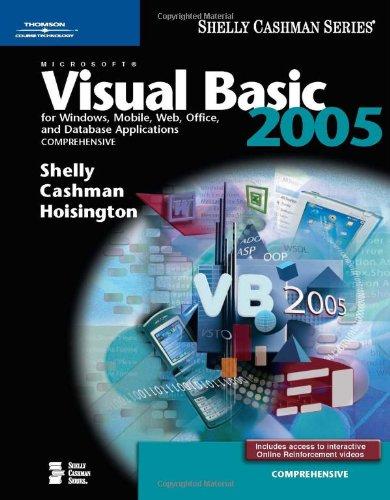Question
You'll be given a list of students, and you'll need to sort it using selection sort. We want to sort the students according to graduation
You'll be given a list of students, and you'll need to sort it using selection sort. We want to sort the students according to graduation year (soonest first), and for students with the same graduation year, alphabetically by first name (and if there are any students with the same first name and graduation year, ties should be broken by last name). However, rather than just printing the final sorted list, you'll print the partially sorted list after each pass (equivalently, after each selection of the smallest element).
Input Format
The first line of the input consists of an integer, n, indicating the number of words you'll need to sort. The next n lines will each consist of student data wtih space-separated first name, last name, and graduation year, in that order. The input will terminate with a blank line. For example:
6 priya murali 2018 stephanie rothermel 2018 lilly wang 2016 stephanie liu 2018 annika fusco 2016 diane wang 2014
Constraints
You can assume n is a non-negative integer. You can further assume the list contains no students with the same first name, last name, and graduation year.
Output Format
You will be printing the partially sorted list n - 1 times (the last time will be entirely sorted). Each student should appear on a new line without terminating whitespace, space separated in the same format it was provided in the input, and each partially sorted list should be followed by a blank line to indicate where it ends and the next one begins. For example:
diane wang 2014 stephanie rothermel 2018 lilly wang 2016 stephanie liu 2018 annika fusco 2016 priya murali 2018 diane wang 2014 annika fusco 2016 lilly wang 2016 stephanie liu 2018 stephanie rothermel 2018 priya murali 2018 diane wang 2014 annika fusco 2016 lilly wang 2016 stephanie liu 2018 stephanie rothermel 2018 priya murali 2018 diane wang 2014 annika fusco 2016 lilly wang 2016 priya murali 2018 stephanie rothermel 2018 stephanie liu 2018 diane wang 2014 annika fusco 2016 lilly wang 2016 priya murali 2018 stephanie liu 2018 stephanie rothermel 2018
Sample Input 0
6 priya murali 2018 stephanie rothermel 2018 lilly wang 2016 stephanie liu 2018 annika fusco 2016 diane wang 2014
Sample Output 0
diane wang 2014 stephanie rothermel 2018 lilly wang 2016 stephanie liu 2018 annika fusco 2016 priya murali 2018 diane wang 2014 annika fusco 2016 lilly wang 2016 stephanie liu 2018 stephanie rothermel 2018 priya murali 2018 diane wang 2014 annika fusco 2016 lilly wang 2016 stephanie liu 2018 stephanie rothermel 2018 priya murali 2018 diane wang 2014 annika fusco 2016 lilly wang 2016 priya murali 2018 stephanie rothermel 2018 stephanie liu 2018 diane wang 2014 annika fusco 2016 lilly wang 2016 priya murali 2018 stephanie liu 2018 stephanie rothermel 2018
Step by Step Solution
There are 3 Steps involved in it
Step: 1

Get Instant Access to Expert-Tailored Solutions
See step-by-step solutions with expert insights and AI powered tools for academic success
Step: 2

Step: 3

Ace Your Homework with AI
Get the answers you need in no time with our AI-driven, step-by-step assistance
Get Started


